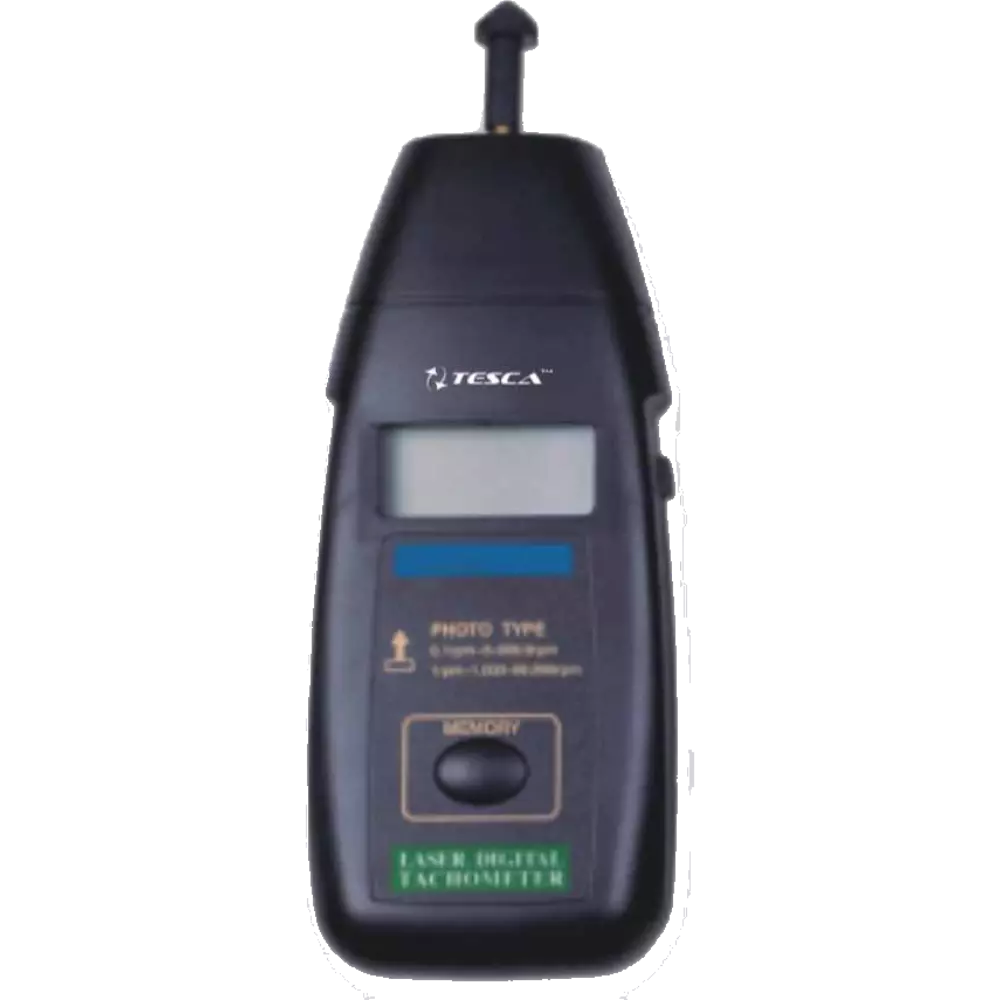The Importance of a Tachometer in Keeping Track Of Engine Speed and Efficiency in Automotive Applications
In the world of automobile engineering, the tachometer stands as a pivotal tool in the vehicle driver's arsenal, supplying a direct window right into the inner functions of a lorry's engine. Beyond its feature as a mere scale of changes per minute (RPM), the tachometer functions as an important device for fanatics and professionals alike, using real-time understandings into engine performance and wellness. Comprehending the significance of this gadget goes past surface-level observations, delving into the detailed partnership in between engine speed, power outcome, and total driving experience. As we explore the multifaceted function of the tachometer in vehicle applications, a deeper recognition for its effect on vehicle dynamics and effectiveness starts to arise.
Significance of Keeping An Eye On Engine RPM
Keeping an eye on engine RPM, or changes per min, is an important aspect of auto maintenance and efficiency examination. Engine RPM directly correlates with the speed at which the engine's crankshaft revolves, indicating how quickly the engine is running - tachometer. By checking RPM, auto mechanics can evaluate the health of the engine, discover possible concerns, and fine-tune efficiency. An irregular RPM reading may signify problems such as engine misfires, faulty stimulate plugs, or issues with the fuel shipment system. Regularly high RPM readings might indicate hostile driving routines or the need for a higher equipment change to improve gas effectiveness.
Furthermore, keeping an eye on engine RPM is essential for performance examination in auto racing and high-performance automobiles. In recap, keeping an eye on engine RPM is not just vital for finding concerns but also for optimizing engine performance in various automobile applications.

Benefits of Real-Time Data
In vehicle applications, real-time information plays a vital function in providing instantaneous insights into the performance and problem of the automobile. By continuously keeping track of numerous parameters such as engine speed, temperature level, fuel consumption, and a lot more, real-time information provides countless advantages that add to enhanced efficiency and safety and security on the road.
One considerable benefit of real-time data is its ability to sharp chauffeurs and technicians to any kind of abnormalities or concerns promptly. This aggressive strategy enables quick recognition of possible problems, allowing for timely interventions to stop further damages or breakdowns. Additionally, real-time information promotes performance optimization by giving instant comments on driving practices and engine performance. Motorists can readjust their habits in real-time based on this details to achieve much better gas economy and extend the lifespan of their automobile.

Additionally, real-time information plays an important function in contemporary automotive diagnostics, enabling professionals to promptly detect and resolve breakdowns. This causes decreased downtime, lower maintenance expenses, and inevitably, improved overall car reliability and long life (tachometer). By harnessing the power of real-time data, auto stakeholders can make informed decisions that positively influence both the efficiency and long life of the vehicle
Influence on Gear Shifts
The tachometer plays an important role in optimizing gear changes by giving real-time engine rate data to the vehicle driver. When approaching the redline on the tachometer, it signifies the vehicle driver to upshift to prevent over-revving the engine and causing More about the author possible damage.
Furthermore, the tachometer aids in accomplishing smoother gear transitions, particularly in hands-on transmissions. By keeping track of engine speed, vehicle drivers can execute equipment changes at the ideal RPM array, decreasing jerking motions and decreasing endure the transmission parts. This accuracy on duty adjustments not only boosts driving convenience yet also adds to sustain effectiveness.
Enhancing Gas Performance
Provided the vital duty the tachometer plays in enhancing equipment changes for performance and engine health and wellness, it straight adds to making the most of fuel efficiency in vehicle applications. By supplying real-time responses on engine speed, the tachometer helps chauffeurs in preserving one of the most effective RPM array for fuel economy. When drivers consistently keep track of the tachometer and adjust their driving habits appropriately, they can prevent unneeded gas usage triggered by over-revving or hauling the engine.
Additionally, the tachometer assists drivers identify the most fuel-efficient equipment to be in at any kind of given moment, protecting against the engine from functioning harder than necessary. This is specifically essential throughout velocity and cruising, where being in the best equipment can significantly impact gas efficiency. In addition, the tachometer can notify chauffeurs to potential mechanical problems that could be adversely affecting gas economic situation, such as a sliding Full Report clutch or a clogged air filter. Finally, the tachometer serves as a useful tool in enhancing gas performance by advertising ideal driving practices and identifying locations for renovation in the car's efficiency.

Making Best Use Of Engine Durability
The tachometer's function in checking engine speed and performance contributes in guaranteeing the longevity of automotive engines. By making use of the tachometer efficiently, motorists can optimize engine durability with mindful RPM monitoring. Regularly revving an engine as well high can result in extreme deterioration on vital components, such as the pistons, shutoffs, and bearings. Gradually, this can result in lowered engine performance and potential breakdowns. Keeping an eye on the tachometer allows vehicle drivers to remain within the recommended RPM array for their car, stopping unnecessary pressure on the engine and prolonging its index lifespan.

Conclusion
To conclude, the tachometer plays a vital role in keeping track of engine speed and performance in auto applications. By supplying real-time information on RPM, it enables reliable gear changes, enhanced gas efficiency, and maximized engine long life. This tool is necessary for maintaining ideal engine efficiency and guaranteeing the total functionality of a lorry.
Comments on “Tachometer Purchasing Overview: Features to Search For and Ideal Brands”